Cachaça is to Brazil what tequila is to Mexico, what vodka is to Russia, and what bourbon is to America.
The national spirit of Brazil is, without a doubt, local’s favorite liquor since a massive part of its annual production never leaves the country.
Obviously, we Brazilians are proud of the international recognition cachaça has gained in recent years.
Still, although this fruity and vegetal spirit can be found around the world, it is by law exclusively produced in Brazil.
Beyond that, most people abroad know the name cachaça from our most popular cocktail, the caipirinha. Lucky you, this cocktail can be found in plenty of bars and cafés around the world.
As a Brazilian myself, I grew up having a large number of cachaças at home, since my grandpa comes from Minas Gerais State, where the cachaça is deeply rooted in their culture and food.
Well, cachaça, pinga, aguardente, marvada, or bendita, among others. This Brazilian spirit has over 100 different names in the country, but they all refer to this one drink.
In this Cachaça 101 Guide, I talk about everything you need to know about cachaça.
Things like, what it is and what it tastes like, what types are there, how you can drink it, where to find it, how it differs from rum, and a couple of fun facts, too. I’ll also give you some cachaça drink recipes to try at home.
It’s a lot to process, I know, but I told you this is a complete guide. So let’s get started!
I think cachaça, when it’s well made, is one of the most interesting spirits in the world. Proper artisanal cachaças are rich, full-bodied spirits that also have a great deal of subtlety and even grace.
David Wondrich
Cachaça fact sheet
- Ingredients: Sugarcane juice
- ABV: 38-48%
- Alcohol proof: 76-96
- Origin: Brazil
- Calories per (50 ml) shot: 115 cal
- Taste: Fruity, sweet, vegetal
- Aged: Unaged or up to 3 years or more
- Serve: Shots and cocktails
Cachaça pronunciation: kah-shah-sah
What is cachaça?
Every time I mention this Brazilian drink to international friends, they ask me, “what kind of liquor is cachaça?”
Well, manuscripts first documented the production of cachaça in South America in the 16th century, making it the oldest spirit in the whole American continent.
However, shreds of evidence prove a rudimental sugar cane liquor was already made in 500 ad in the region where Pakistan is today.
Fast forward over 1500 years, the cachaça we now drink is extracted from sugarcane juice and has no other ingredient, as stated by law. (Although it can have sugar or caramel.)
Any distilled spirit extracted from fruits instead of sugarcane, may not be called cachaça, but aguardente instead.
Likewise, if distilled sugarcane juice has spices or herbs, it may also not be called cachaça, but mixed aguardente instead.
Beyond that, one of the characteristics of cachaça is that this Brazilian liquor is fermented and then distilled, much like rum.
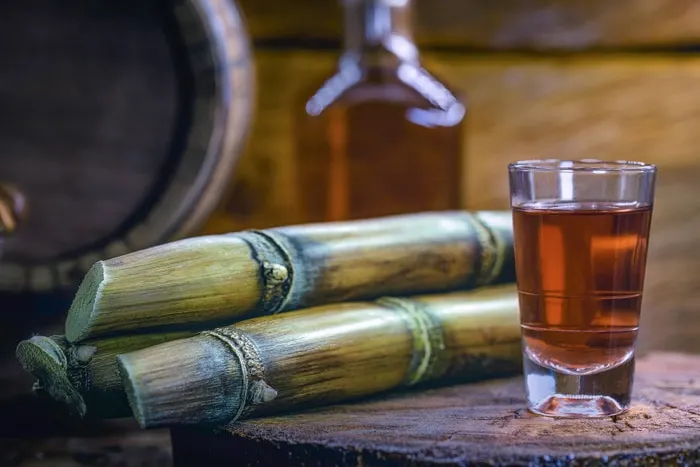
What does cachaça taste like?
Cachaça is a grassy, vegetal spirit. First and foremost, it should reveal the sugarcane taste and aroma, and then the fermentation.
Unlike vodka, cachaça goes through a single batch distilled process, keeping a rich and flavorsome concentration of congeners in the final product.
By law, the cachaça congener concentration must be between 200-650 milligrams by 100 milliliters of alcohol.
Cachaça: The magic word that releases incredible flavors and the spirit of Brazil.
Industrial vs. artisanal
The majority of cachaça bottles we find in the grocery shops in Brazil are classified as industrial.
They are produced in large columns still, hence why they are inexpensive and have a much more neutral taste than its artisanal counterparts.
On the other hand, artisanal cachaça is produced in small batches or even handcrafted, giving the spirit more body and taste.
Some cachaças might have the addition of a certain amount of sugar (up to 6 grams per liter) without disclosure. Others, usually aged cachaças, might have the addition of caramel for color correction.
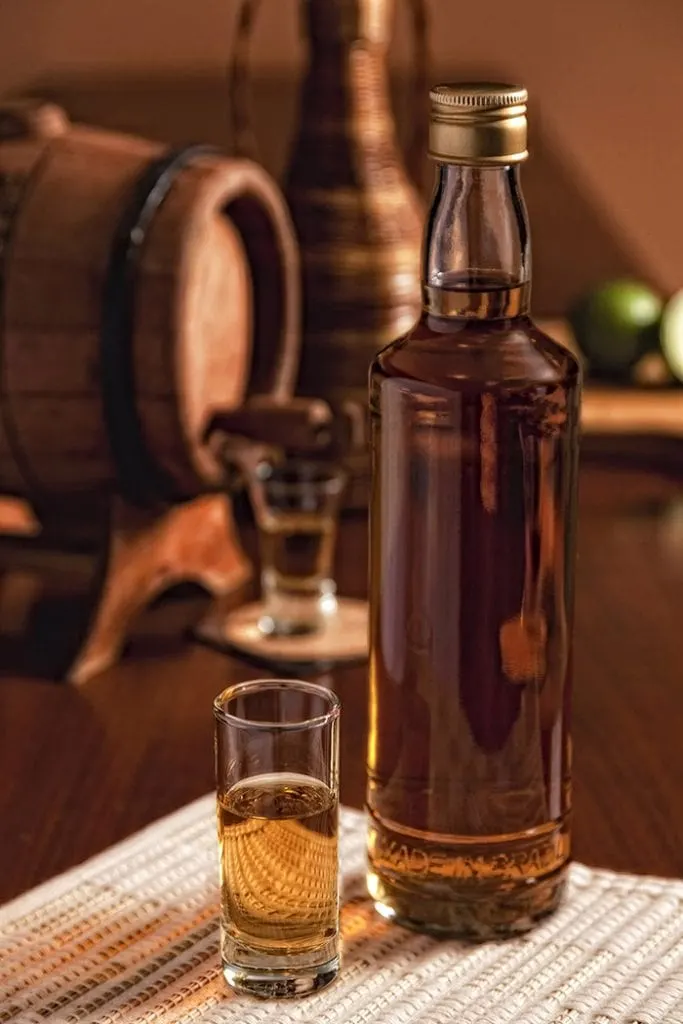
Types of cachaça
Brazil has over a whopping 4,000 brands of cachaça.
Each of them is classified in one of these five types of spirits–silver, gold, premium, extra-premium, and special reserve.
Silver: This cachaça is a transparent liquor and takes the name Classic, Traditional, or Silver in its label.
This type of cachaça might or not be aged in wooden casks. These casks are made of wood that doesn’t release coloration, such as peanut, freijó, and jequitibá.
Gold: Gold cachaça bottles age at least 50% of their content in wooden barrels from anywhere between 2 months to 1 year. This process changes not only the color of the spirit but its taste too.
The post distillation resting allows the liquor to develop more pronounced fruit notes over the typically grassy, green, vegetal notes more usually associated with the category.
Premium: Premium cachaça bottles have 100% of their content aged in smaller tanks for 1-3 years.
And because these tanks are smaller than the other types, the changes in the taste, aroma, and color are in much more evidence.
Extra-premium: The difference between extra-premium and premium is only the aging time. Extra-premium cachaça ages for at least 3 years in a wooden cask.
Special reserve: This type of cachaça ages in European wood casks from anywhere between 2 to a little over 3 years.
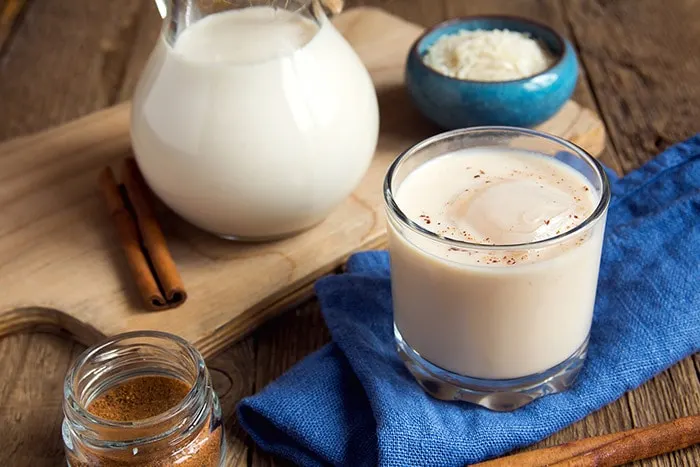
How do you drink cachaça?
Cachaça is a very versatile Brazilian alcohol, and you can drink it in different ways.
For instance, you can drink pure shots of cachaça, like you would with tequila. You could also drink it on the rocks, but honestly, I have never seen it like that before.
Alternatively, you can have a cachaça drink, which usually mixes different fruits and sugar.
If you’re up to it, you will want to read my guide with excellent cachaça recipes.
There are plenty of easy and tasty Brazilian drinks with cachaça that you could prepare at home, such as this Alexander cocktail with a Brazilian twist (also known as leite de onça), a Brazilian mojito, or even a Brazilian sunrise.
And if you need an excuse to drink it, know that we celebrate the National Cachaça Day on September 13.
Fun fact: Most production of cachaça never leaves Brazil. We consume approximately 1,5 billion litters cachaça per year, while the rest of the world consumes about 15 million liters only.
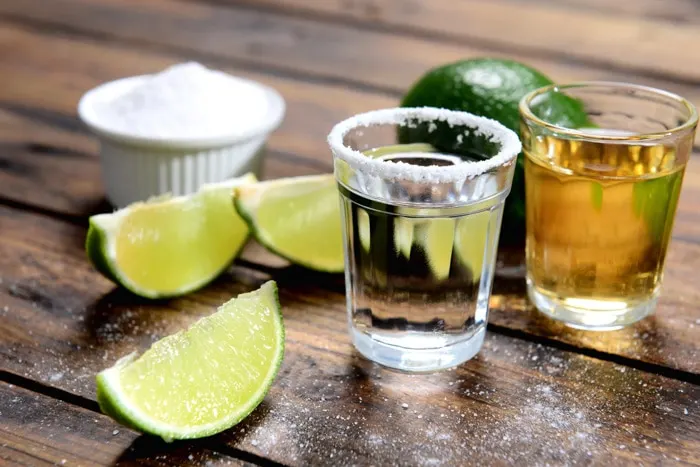
Where to buy cachaça
It is easy to find cachaça outside of Brazil, and it is becoming much easier these days.
Many liquor stores have this Brazilian spirit these days, but you can also buy your bottle online.
Brazilian cachaça substitute
If, for any reason, you can’t find cachaça in your town or would like to try a Brazilian cocktail, but with another spirit instead, you can use vodka, rum, or even sake, depending on the other ingredients.
To be honest, we have different versions of caipirinha, traditionally made with cachaça. For instance, caipiroska is made with vodka, caipiríssima is made with rum, and caipisake, well, it is made with sake.
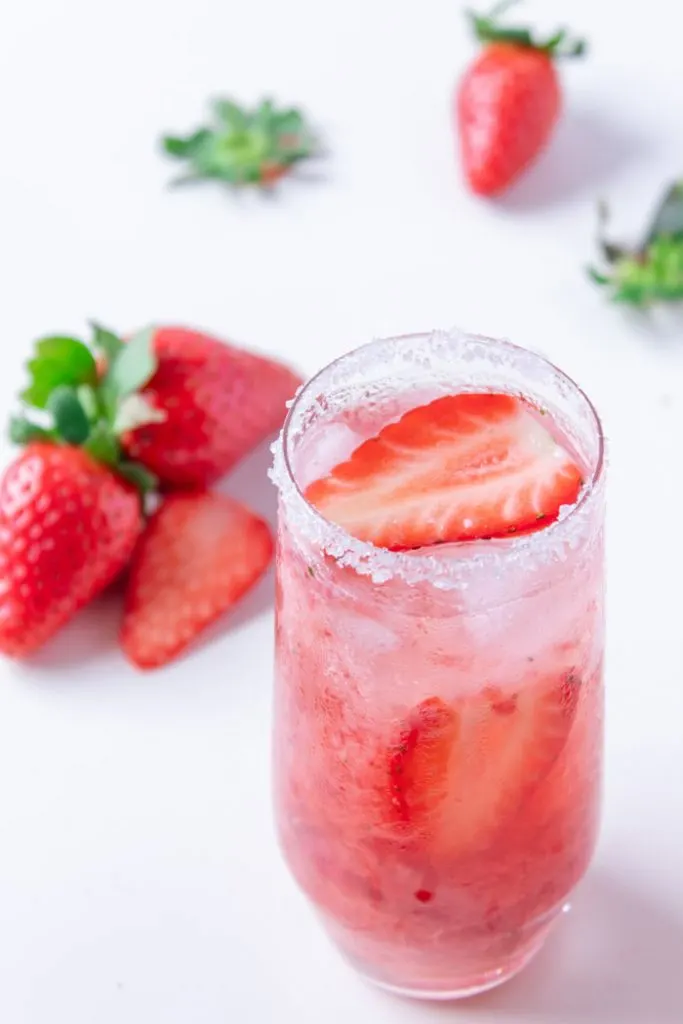
Cachaça vs. rum
Out of convenience, many people wrongfully refer to cachaça as a type of rum.
However, they are not the same kind of spirit. There’s no such thing as Brazilian rum or cachaça rum, as I’ve read online many times.
The primary difference between cachaça and rum is how they are made.
Both liquors come from sugarcane but from different parts of this plant.
Rum is usually made from molasses, which is a by-product of the cane juice to extract as much sugar crystals as possible.
On the other hand, cachaça is made from freshly pressed sugarcane juice, and it must be produced in Brazil, otherwise, it is not considered cachaça. (Rum can be produced anywhere in the world.)
Also, rum is usually aged in oak casks. In contrast, cachaça can be aged or not in different types of wooden barrels, being most of them indigenous to Brazil.
A well-made pot still cachaça will reveal the taste of the sugarcane in a way that rum never can.
Where does the name cachaça come from
Many theories surround the origin and name of the cachaça. Still, the most acceptable one is that the name of this spirit derives from a Portuguese liquor.
That liquor was made from a bunch of grapes. In Portuguese, a bunch of grapes is called cacho de uvas. Mind you the similarities between cacho and cachaça.
And while Brazil was just a new colony of Portugal, the Europeans brought their distillation and fermentation techniques to the country.
Cachaça was then a perfected version of their drink cacho but made with a plant that was abundant in the country, sugarcane. Therefore, the name cachaça makes reference to this Portuguese spirit.
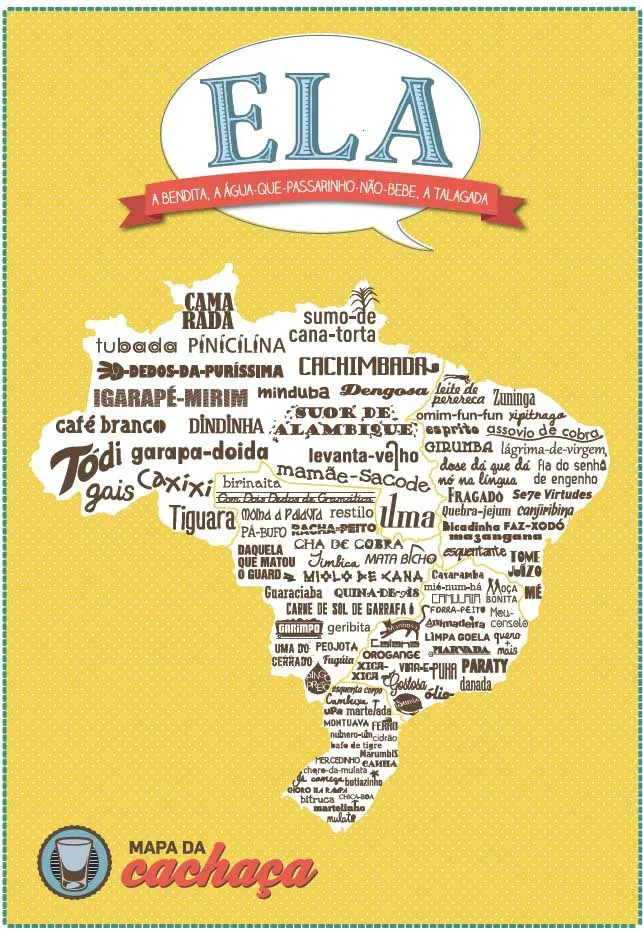
Other cachaça names
As mentioned before, cachaça has different names in different regions of Brazil.
Some call it aguardente, others pinga, others caninha, marvada, and so on.
Beyond that, even in, let’s say, São Paulo, where most people call it cachaça, you might find some folks calling it by other names depending on where they come from.
Does cachaça expire
Short answer no, in the sense that most distilled spirits don’t go off.
Even after being opened, if a bottle is kept away from sunlight, at room temperature, and well closed, it should last for an indefinite period.
Mapping cachaça aromas
Cachaça is a universe in itself. There is no doubt about that.
And to classify the diverse aromas of this spirit, the researcher Felipe Jannuzzi went on a trip around Brazil to map the cachaça aromas. Not a bad job, huh.
His multi-awarded project to map these aromas (Mapa da Cachaça) won the Best Cultural Mapping Project in Brazil from the Ministry of Culture and The Gourmand Awards.
Mapa da Cachaça’s primary goal is to spread Brazilian culture, history, technology, diversity, and creativity. It’s an incredible project, for sure!
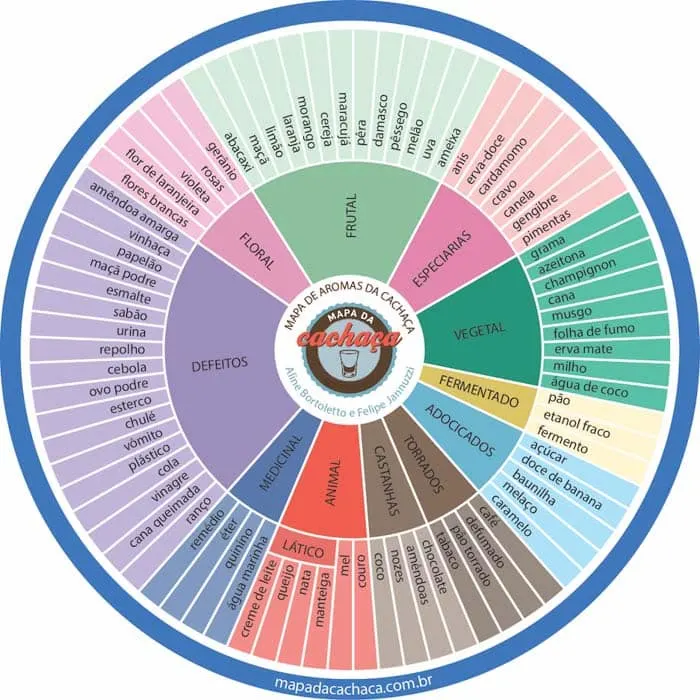
Cachaça recipes
If you’re now curious about the national spirit of Brazil, I suggest you buy yourself a bottle and prepare a few of the cocktails here from the blog.
For that, browse the foods and drinks category or search for recipes in the top-right search bar. Cheers! Or as we say in Portuguese, saúde!
Did you like this article about cachaça? Then share it with friends who might like it too!

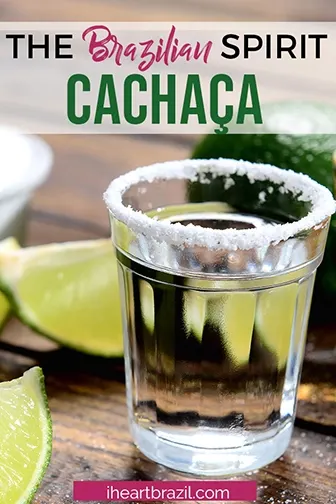
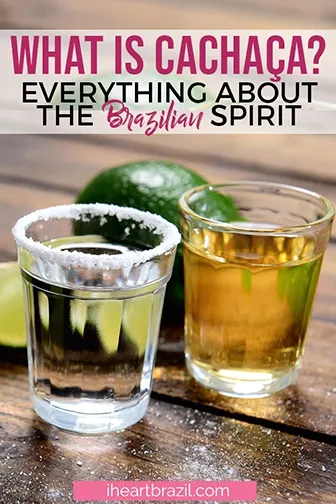
Naveen Singh
Saturday 4th of November 2023
I have a bottle of Boazinha Cachaca. Am I supposed to have it neat or mix with something?
Bruna
Wednesday 29th of November 2023
Hi Naveen, thanks for your question! You can have it neat in a shot glass or use it in a caipirinha as well. I hope it helps! Enjoy!
Jayson Lawley
Thursday 3rd of March 2022
What is the value of Cachaça Pirassununga 51 that is 20 years old?
Bruna
Wednesday 23rd of March 2022
Hey Jayson, I googled it and it appears to be between R$75 and R$120. I hope it helps!
J. S.
Friday 16th of April 2021
Thank you for the great discussion on cachaça! One small note from a rum fan: no distilled spirit can "age" in glass or steel as they are non-reactive materials. Glass, steel and inert ("used up") wood barrels are good for storage only. Prolonged interaction with wood lignin & tannins is the key component of aging which adds complexity to the spirit. Cheers to all the rum! ;)
Bruna
Saturday 17th of April 2021
Hey JS, thanks for pointing it out! That was a translation mistake on my end. They're not aged in glass or steel tanks, indeed, but kept there! I already edited the text. Glad you enjoyed it! Cheers to all the cachaça! :)
Thomas Hamzik
Saturday 22nd of August 2020
Where can I get WERNECK CACHACA, PRAZER E REQUINTE?
Bruna
Monday 24th of August 2020
Hi Thomas! Hm, that's a tricky question! I've heard they were about to export to a distributor in Miami, but I can't find any store selling it in the USA. Maybe you could ask in your local liquor store if they could try to find it on their end? I imagine store owners can check that! The only online store I know you can get cachaça is Napa Cabs: https://shrsl.com/2839h They have about 5-6 brands, but none of them are Werneck. Sorry that I can't really help you!